
Cyber Espionage Against Tibetans: An Analysis of over Two Decades of Publicly Available Data
Explore the evolution of cyberattacks targeting the Tibetan community, revealing how threat actors advanced from basic intrusions to sophisticated soc...
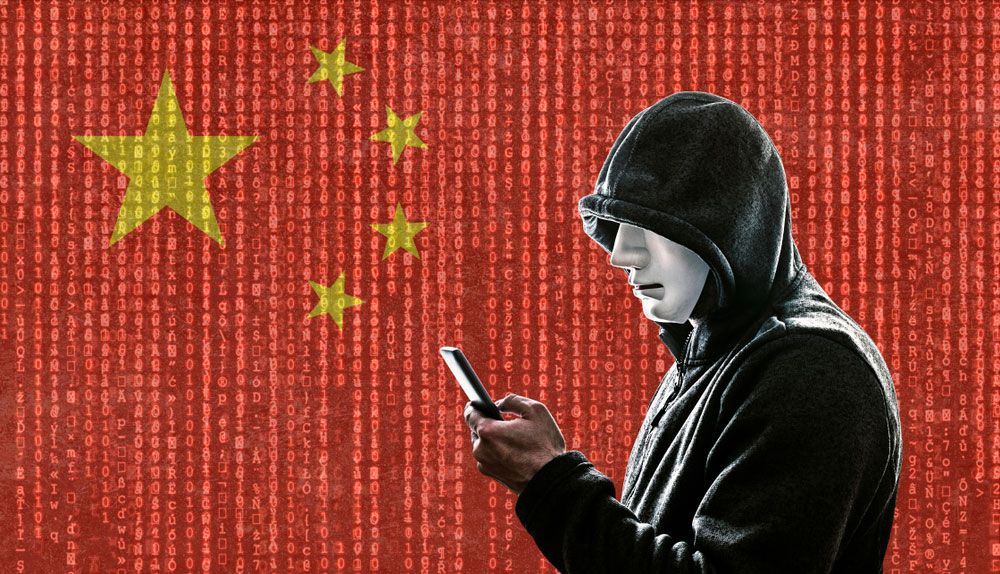
We know that Chinese apps like WeChat are notorious for extensively carrying out censorship and surveillance on users

In the rampant age of diverse national interests compounded with exceeding technological revolutions, the communist regime of China has become a forefront in exploiting digital technologies to control, monitor and suppress the rights of its citizens and ethnic minorities.
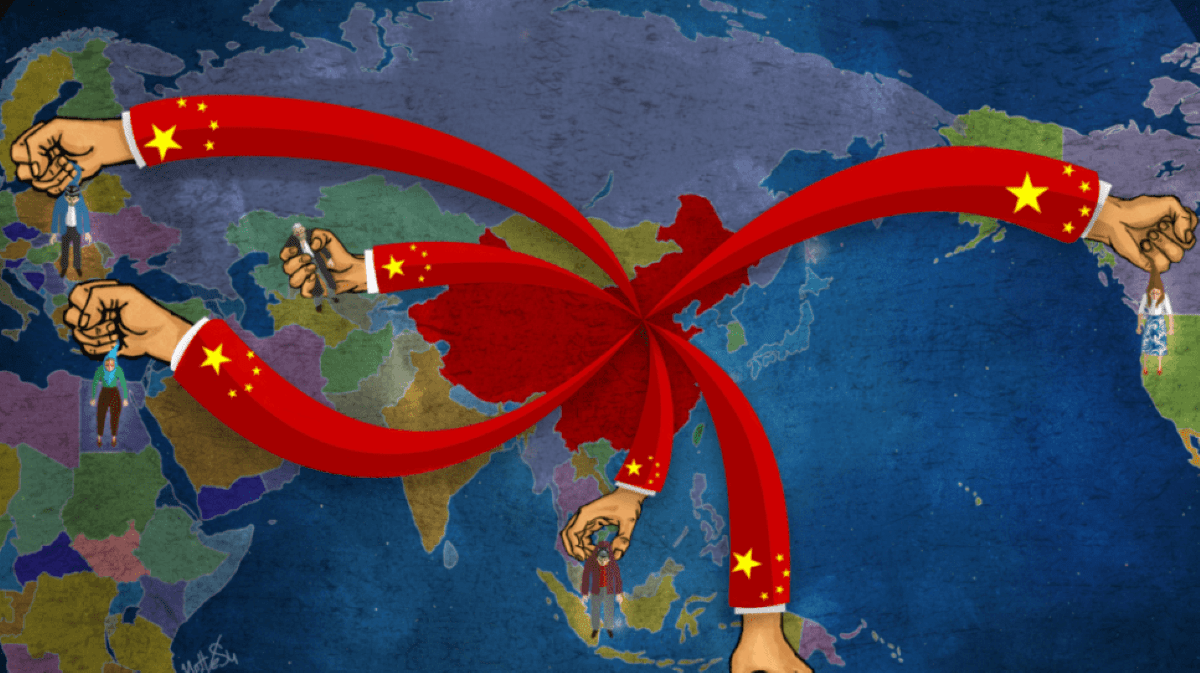
The integration of technological products and services into daily life has revolutionized modern

In this report, ARTICLE 19 examines the Digital Silk Road (DSR) as a platform for advancing China’s model of digital authoritarianism

The dawn of the internet era among nations during the early 90s was prevalent for socio-economic development

In the break of the digital revolution and the rise of sophisticated technology infrastructures

China’s oppressive laws and policies under its communist leadership of Xi Jinping have imposed strategic means equipped with latest trends

In this modern world which heavily relies on technology for geo-political, military and economic
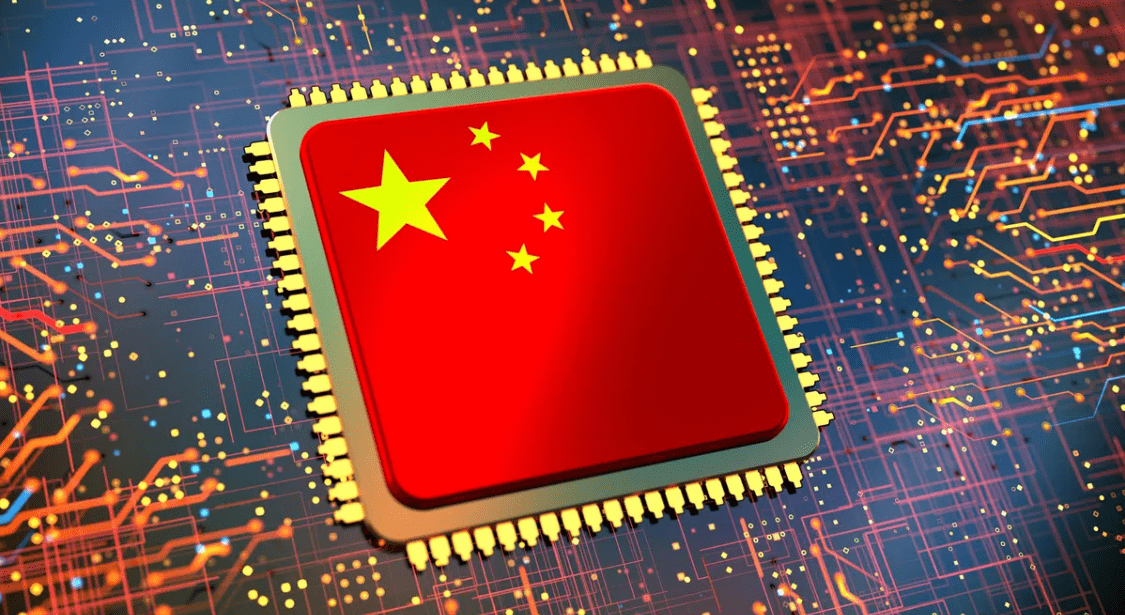
China’s digital economy is growing at an exponential rate that can be challenged by few.
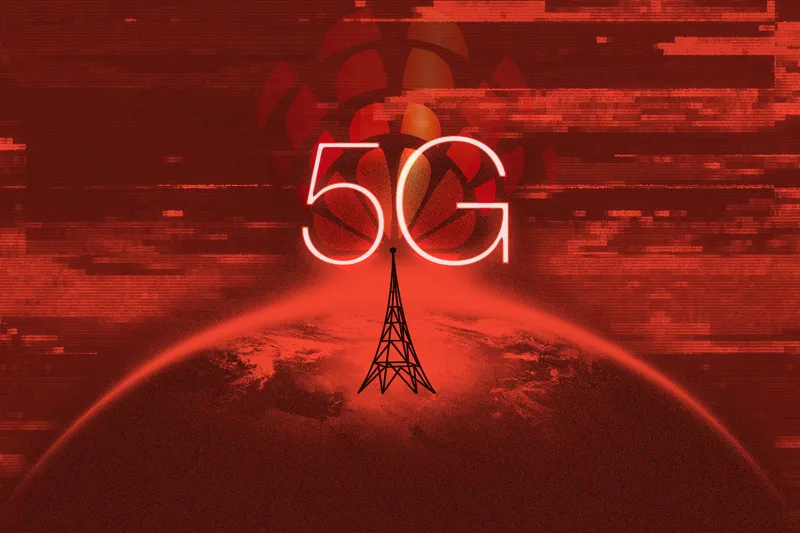
In the wake of exponential advancements in digital technology around the globe,
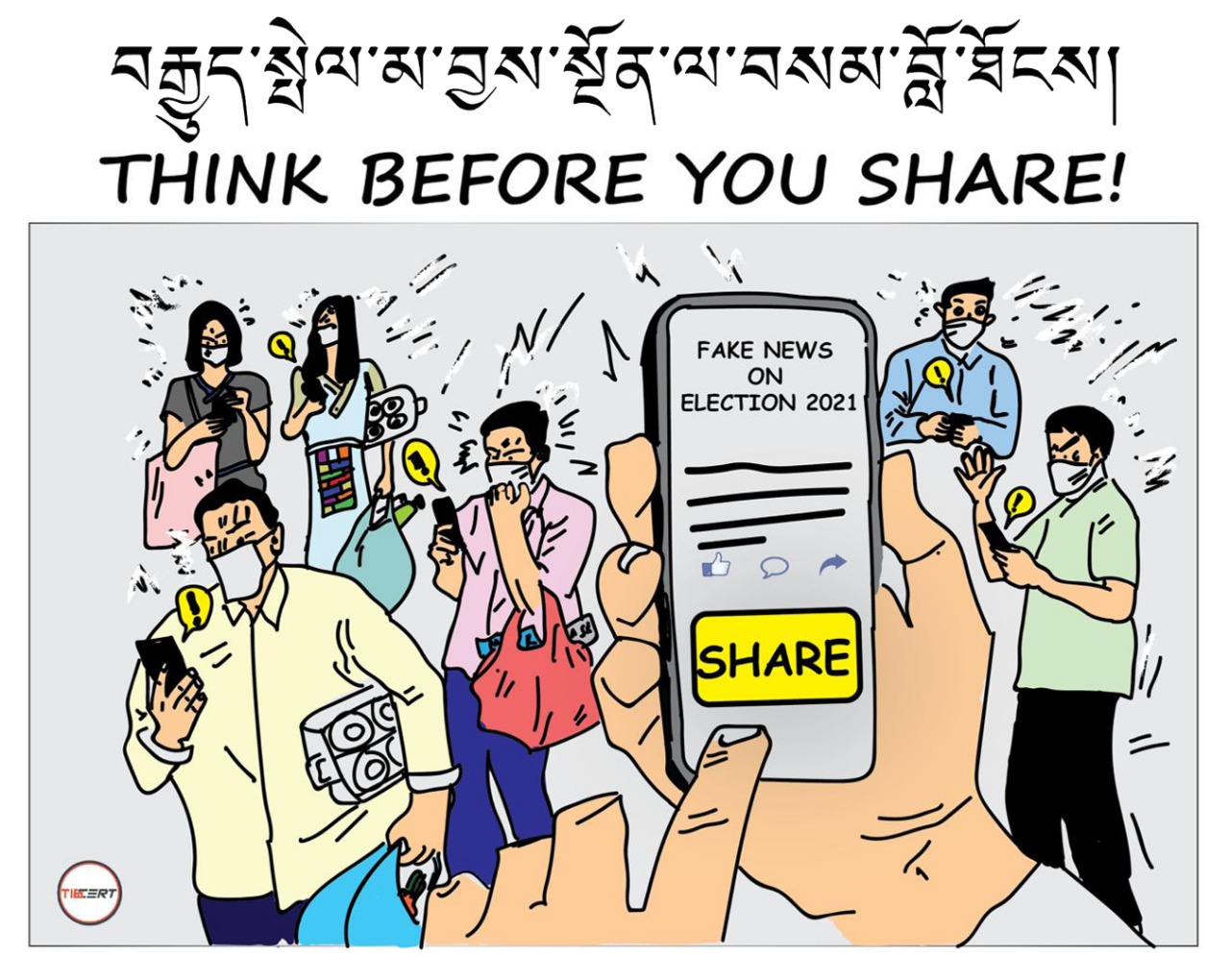
In the era of the 21st century, the dominance of the internet in our personal and professional

We live in an era of digital revolution, where information access and exchange are just one

Syniverse is a telecom company which has roughly 1,250 corporate customers across 200 countries,
The Tibetan Computer Emergency Readiness Team (TibCERT) is a formal, coalition-based